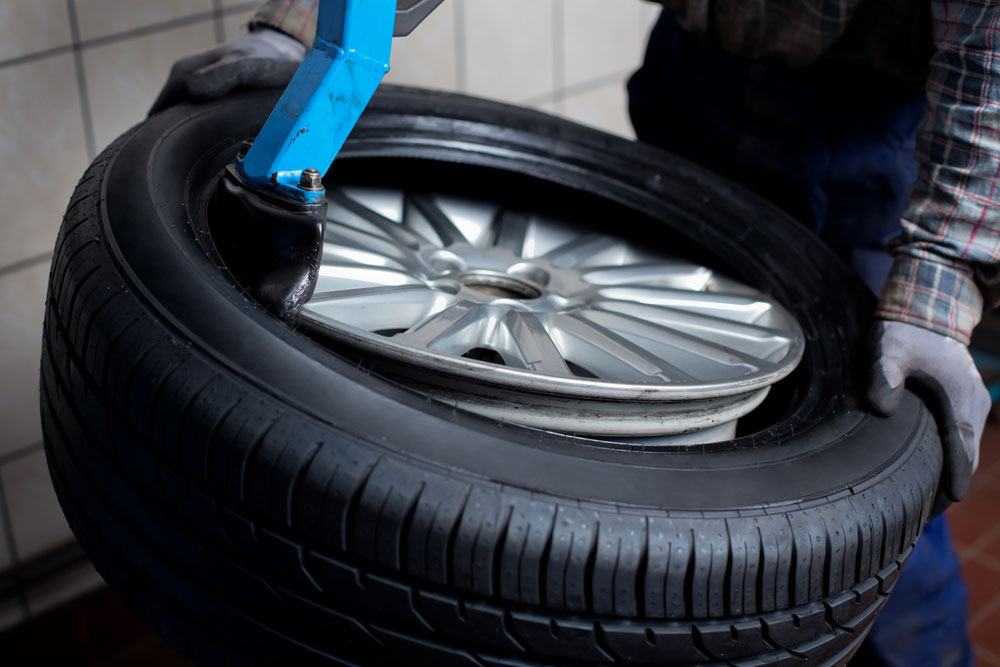We’re STILL open... Mon to Fri, 8.30am - 5.30pm Saturday, 8.30am - 12.30pm Sundays & Bank Holidays Closed

Call: 01737 813694
Email: info@tadworthtyres.co.uk
Tyre Repairs
The most important part of your car is not the engine
Car tyres are often seen as a more or less inconsequential part of the vehicle. This could not be further from the truth. Tyres are the only contact the vehicle has with the road. Tyres are a crucial, high-quality, expertly-engineered chassis component specially tailored to modern, high-speed cars. Not only do they have to match a variety of different suspension systems and respond accurately to steering commands, they need to roll smoothly and be durable. Above all, for vehicles to remain safely and securely on the road, tyres need to be able to cope with the forces exerted on them - when braking, accelerating or cornering. This is particularly important when the road is wet and slippery, or covered in snow or ice. So,with your safety in mind, here are some tips and advice to help you take care of your tyres.

Looking after and maintaining your tyres
As with all complex technical products, you should handle your tyres carefully. This way you can rely on optimum driving comfort and performance throughout the tyres’ service life. Inspect your tyres and check their pressure (including the spare) every two weeks. If tyre damage is suspected or found, have the tyre inspected immediately.
Avoid Damage
Tyres can become damaged without the driver’s knowledge. If you do discover or suspect damage, have the tyre inspected without delay. If you have to drive over an obstacle, approach it slowly – as straight on as possible. Check your tyres regularly for exterior damage such as cuts, cracks or bulges. cracks or bulges.
Keep an eye on your tread depth
Pay particular attention to the tread of the tyre – it has a strong impact on several performance criteria. An important factor is the tread depth of the tyre, which by law has to be a minimum of 1.6 mm¹. If you drive with less tread, you risk the possibility of a fine or penalty points on your driving licence. Tread Wear Indicators (TWI’s) are important tools for judging remaining tread depth. These are raised bars in the main longitudital tread grooves, distributed evenly around the circumference of the tyre, which become level with the rest of the tread pattern once the legal minimum tread depth of 1.6 mm is reached. Since worn tyres greatly increase the risk of aquaplaning and impair wet braking performance², we strongly urge drivers to change their tyres before they reach the minimum legal tread depth. A good rule of thumb to follow: change standard tyres when they have 3 mm and cold weather tyres when they have 4 mm of remaining tread.³
¹ Varies from country to country.
² Please refer to the chart on the next page.
³ In Austria, cold weather tyres must have at least 4 mm of remaining tread when the period for mandatory winter equipment begins.